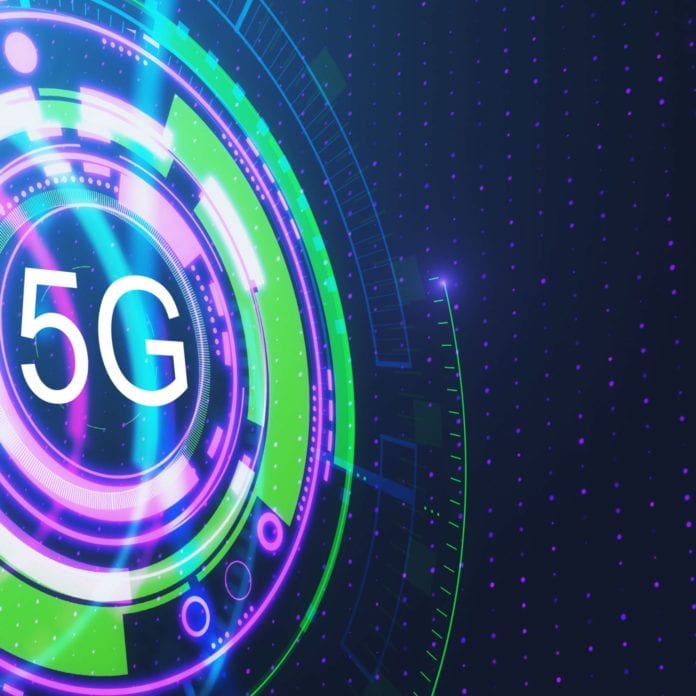5G is the fastest-growing mobile technology in history and is being adopted four times as quickly as LTE was when it was introduced, as 5G Americas observed in a new report. For impatient customers, 5G and the new applications it will power cannot come to their neighborhood fast enough. In reality, 5G networks and devices are proliferating at a far faster rate than 4G LTE did at the same relative time in its development.
Consider this brief history: 5G networks began to launch around the world in 2019. 2020 has seen the deployment of nationwide 5G networks by U.S. operators (200m covered pops), the proliferation of 5G-capable flagship devices and the emergence of early 5G use cases. Comparatively, LTE networks first launched in the 2009-2010 timeframe in the U.S., ultimately fueling the rapid growth that peaked about 5 years ago in social media use via mobile devices and the development of new, society-shifting applications such as ride-sharing services like Uber, which launched in 2009 and hit their first billion trips in 2015.
Samsung expects that 2021 will see strong movement toward Standalone 5G networks and further development of the 5G ecosystem, including applications that will more fully utilize 5G’s transformational possibilities. In the coming year, one of the most crucial factors in 5G application development will be the type of spectrum available in each country. In order to have a network that achieves the full potential of 5G, you need to have the right balance of sub-1 GHz, low-band spectrum for mass coverage; mid-band spectrum between 1-6 GHz for a mix of capacity and coverage; and high-band or millimeter wave spectrum for low latency and blazing-fast speeds. To address the wide range of 5G use cases and applications across consumer and business segments, a combination of all three spectrum types, and network architecture enhancements like edge computing resources, are crucial. Here in the U.S., the conclusion of the ongoing C-band auction will provide that critical path to providing more mid-band spectrum for U.S. operators.
We are already seeing compelling 5G uses for consumers, but in the near-term, Samsung expects 5G to have an outsized impact in the enterprise. From healthcare to logistics, many enterprise applications require the low latency, ultra-reliability and capacity that only 5G can offer. Samsung has firsthand experience in identifying and supporting early 5G enterprise use cases. In 2019, Samsung worked with AT&T at the Samsung Austin Semiconductor facility to create the first 5G Innovation Zone in America: A research space to evaluate and implement 5G use cases for manufacturing environments and demonstrate their benefits. Use cases spanned various categories from automated material handling, health and safety, and augmented reality training. In addition to test beds like the 5G Innovation Zone, Samsung has deployed a variety of trial networks with enterprise customers spanning verticals from transportation and distribution to smart agriculture.
As 5G continues to mature and more IoT sensors, end points and cloud telco solutions come to market, Samsung expects to see advancement of enterprise applications coming to the forefront. In 2021, we anticipate a broader set of these use cases and applications to be deployed as the network and device ecosystem and tool-kit expand. It takes a lot to make 5G work—chips, network equipment, and security platforms; not to mention the devices to connect to the network, like smartphones, smart TVs, appliances, and automotive solutions. Samsung is the only company in the world that can supply them all with a trusted supply chain.
Samsung Networks is currently helping global carriers build out their 5G networks, both indoors and outdoors, and provide consumers with the best-in-class 5G smartphones so they can experience the full potential of 5G. For more information on how Samsung Networks is helping operators build fast, reliable and secure 5G networks, visit: https://www.samsung.com/global/business/networks/

